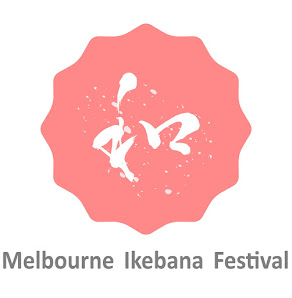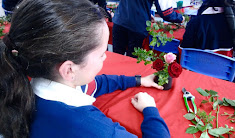Ikebana Today No.68
I’d like to talk about the second Ikebana boom in the Meiji and Taisho era. Any boom occurs as a result of multiple factors. There is no simple explanation about their causes. However, it is clear that this boom occurred among young women. What did they want from Ikebana? We should look into their social conditions. But I have not come across any research about this potentially excellent topic. The following is, therefore, my own hypothesis.
Who were those behind the boom? Considering that the number of housewives (stay-at-home wives) increased only after the Taisho era, it was young unmarried women who took Ikebana as a training to become a housewife.
The Meiji government’s aim was to increase wealth and power of the State. In each household a woman was expected to be a good and wise housewife. Family law in the Meiji era made it difficult for women to choose other options. Marriage was in their best interest and it was natural for them to seek the best possible opportunities.
An important factor to consider is that womens' colleges were established in the Meiji era, and Ikebana and tea ceremony were often thought as unofficial subjects in many of them. As a result, the general perception was that intelligent ladies from women’s college can do Ikebana! People started to think that you are a lady if you can do Ikebana. Ikebana provided a better marriage opportunity for women. In other words, Ikebana was successful in gaining branding and learning it was a good investment.
There were some innovations in Ikebana that contributed to the boom in this period. The most significant was the promotion of Moribana by the Ohara school. Moribana is an arrangement made in a shallow container using Kenzan or Shippo. In essence, it simplified Ikebana. Its simple designs allow almost anyone to make Ikebana. In addition, it was suitable for the Western style housing that start to become popular that time and it allowed the use of new types of flowers that came from the West. It really focused on the enjoyable aspects of Ikebana. No wonder it became so popular! Even today, Moribana is the style that many Ikebana students learn first at Ikebana schools.
This is an arrangement I made for Hanabishi restaurant in Melbourne. I really enjoy working for this client. In March I will make 2 environmental works for the Lorne Sculpture 2018 and I’ll talk about environmental art at their conference. Lorne Sculpture is the largest outdoor art festival in Victoria and a number of international artists and researchers participate in this event. Please join us.
http://lornesculpture.com
http://www.shoso.com.au
https://www.facebook.com/ikebanaaustralia








.jpg)















